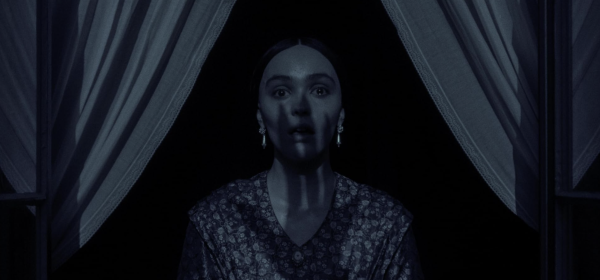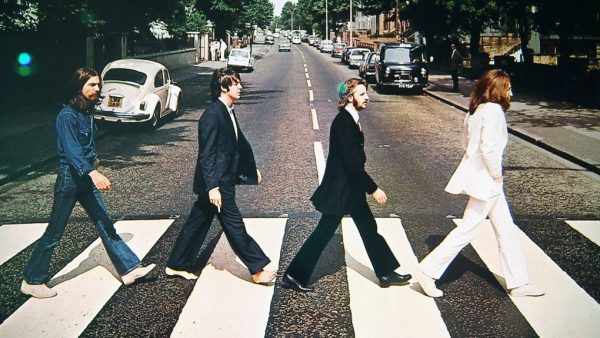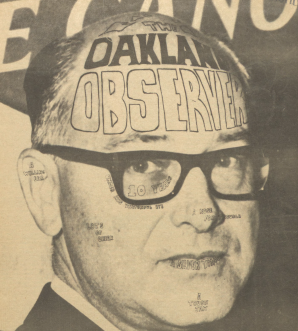A push for tattoo acceptance
Editor’s note: This story is the beginning of a multi-week series about tattoos and their place in society, examining their growing cultural acceptance.
Tattoos. Are they trendy or religious? Are they acceptable or should they be forbidden? How do we really feel about them?
Upcoming issues of The Oakland Post will continue to explore the popularity of tattoos.
If you have tattoos or opinions about people that do, please contact us at [email protected].
Tattoos no longer taboo?
In an era where tattoos have become more acceptable, it seems like everybody has one.
Tattoos are certainly not something new, but have become noticeably more popular than they have ever been.
According to a Harris Poll conducted in 2003 approximately 16 percent of Americans had at least one tattoo, and roughly 40 million people were sporting ink.
A 2006 study done by the Journal of the American Academy of Dermatology found that 24 percent of Americans between 18 and 50 had tattoos, making the ratio almost one in four.
In just three years the numbers have skyrocketed. Today it is evident that the trend is still growing.
According to a 2010 Pew Research Center Study, “Tattoos have become something of a trademark for millenials (adults aged 18-29). Nearly four-in-ten (38 percent) have at least one.”
Pew reported that Gen-Xers are not far behind. Thirty-two percent polled said they have a tattoo while only 15% of baby boomers (46-64) and 6 percent of adults over 65 do.
Getting a tattoo has been looked at as a right of passage, a religious or spiritual activity, or even as a bond between two people, but it seems like it is becoming more of a fashion trend.
“You can tell when there’s a trend going around,” said Kevin Lepire, a tattoo artist at Rock Star Tattoo in Roseville. “The Nike swish was in for a while, back when the Red Wings were winning, and people would come in and get the Red Wings symbol tattooed on them. (People get the) things that are cool (to them) at the time, but they don’t think about it lasting forever.”
Tattoos, which were once looked at as a rock ‘n’ roll symbol, are becoming as common as ear piercings.
“I’ve been tattooing for about 10 years, and the increase is evident,” said Lepire. “I used to get regular customers that were the rough and tough crowds, but now we get everything from younger kids to conservative house wives.”
The rapid growth rate in the tattoo industry raises a question about the acceptance of tattoos in society.
“I don’t think tattoos have really become more acceptable in the work place, because a lot of places make you cover them, but I think they should be universally accepted,” said human resources major Krystal Lancaster.
Some believe that society has lifted the stigma and accepted the art of tattoos, whereas others feel it is still something meant to be hidden in a public or professional setting.
A Pew study in 2009 found that only 7 percent of people polled believed that more people getting tattoos is a chance for the better.
“When I’m shopping and the cashier has a visible tattoo, I’m almost more likely to go to their line. I feel like seeing their expression through the tattoos makes me feel more connected to them even if they are a complete stranger,” Lancaster said.
The next article in this series on tattoos will appear in the Sept. 22 issue.







